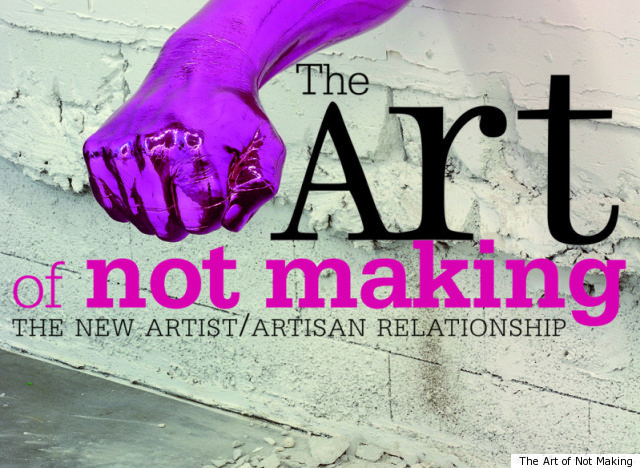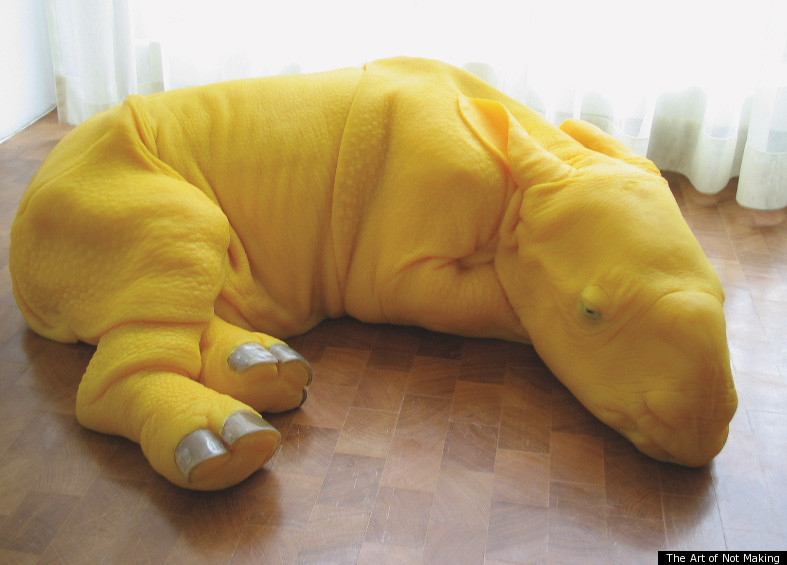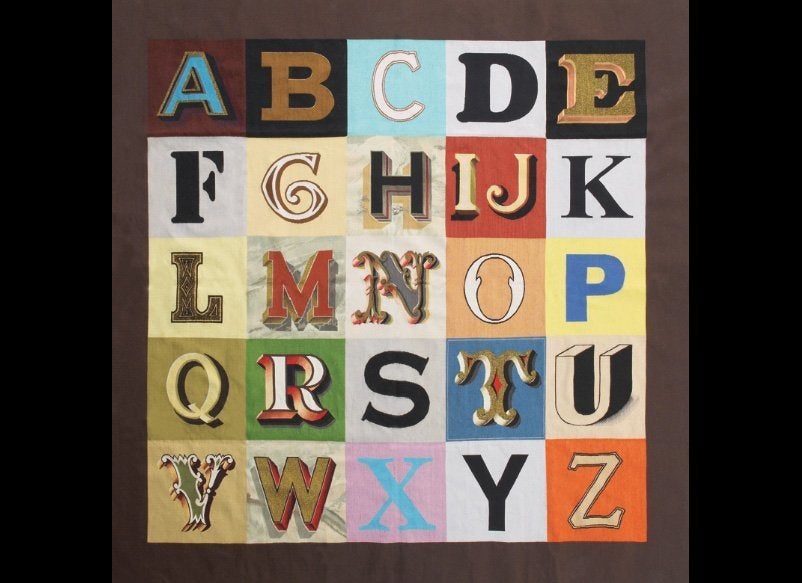There was a time when the artist at work meant hours of solitude, piles of tossed-out failed works, and clothes covered in smudges of charcoal and paint. Talk about stressful. Now many artists use artisans to do the dirty work and actually create their pieces. Does this completely upend the traditional definition of an artist? Well... maybe.
While in theory hiring artisans is a strange concept, the practice arguably goes back to the Renaissance, with artists such as Bartolommeo (Baccio) Bandinelli using assistants to execute a piece. Rodin also used a number of assistants to help create his sculptures. The book 'The Art of Not Making: The New Artist/ Artisan Relationship' by sculptor and MOCA London director Michael Petry explores the budding relationship between artist and artisan.

Petry expands upon two main effects of the new intermediary artisan. One is the popularity of the object, made to riff off the commercial or mass-produced aesthetic. Secondly, as Petri says: "the museological space, for better or worse, is also very interested in spectacle, which requires bigger kinds of works, which are almost never made by one person." Now that the role of artist is no longer limited to a single entity the possibilities for creations are infinitely expanded.

This peculiar new dynamic gives birth to many questions: who gains ownership over the work, the creative or the creator? At what point between 'vision' and reality is the art in essence produced? Who maintains authorship over the works? Is authorship even relevant in today's vocabulary? Petry explores these questions and more through interviews with both artists and craftsmen.
Check out a slideshow of some of the 115 artists mentioned in Petry's book; we have to say, the works do look good, and often even 'beyond handmade.' You can also see more artists who don't create their own work over at Flavorwire.
What do you think? Is this a harmonious relationship where everybody wins? Or are big-name artists squeezing the labor and talent from anonymous workers?
